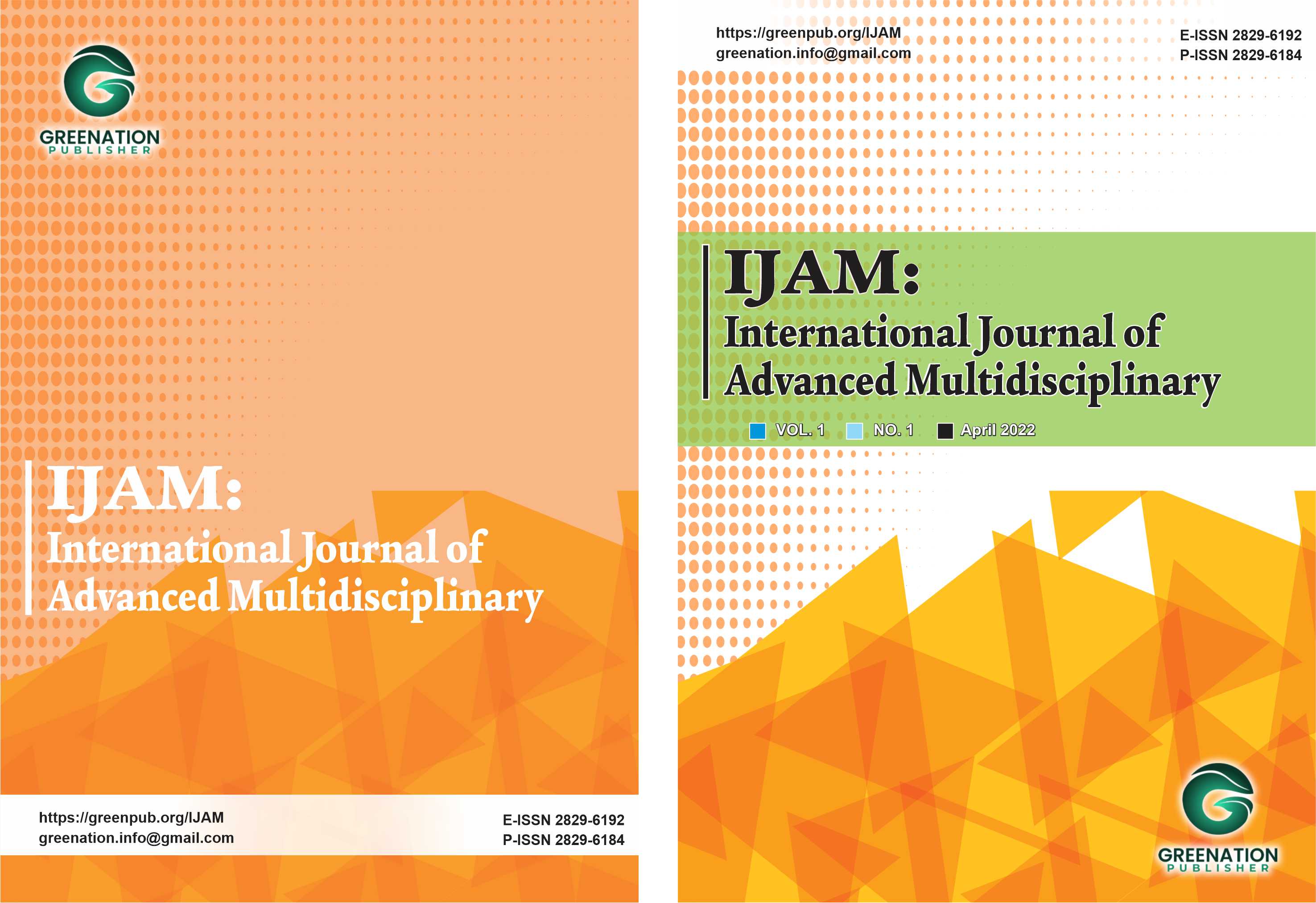The Role of Construction BUMN Subsidiaries in Indonesia on the Performance of Parent Companies: in a Perspective and Concept
DOI:
https://doi.org/10.38035/ijam.v3i2.638Keywords:
Company, ConstructionAbstract
This article will analyze how the formation and operation of subsidiaries affect the operational, financial, and strategic performance of construction SOE holding companies in Indonesia. This article uses a qualitative method with a literature review and a perspective used in by the researcher according to the available data sources to support this article. Analysis of findings and existing data from construction companies in Indonesia. The structure of the parent company and subsidiaries allows for flexible and integrated business management, reduces internal conflicts, and improves efficiency. Subsidiaries help the parent company expand markets, manage risks, and create synergies. The application of transaction cost theory shows that establishing a subsidiary can reduce transaction costs and improve operational control. Portfolio management and synergies between subsidiaries are also important to improve efficiency and competitiveness. Corporate diversification and good oversight mechanisms ensure alignment between the goals of the subsidiary and the parent company's strategy.
References
I. K. Mochtar, Manajemen Produksi Konstruksi Indonesia. uwais inspirasi indonesia, 2022.
M. N. U. R. AZIZAH, “ANALISIS TINGKAT KESEHATAN PERUSAHAAN BADAN USAHA MILIK NEGARA DI INDONESIA (Studi Pada Perusahaan Sektor Konstruksi Selama Periode 2019–2021).” UPN" Veteran" Yogyajarta, 2023.
K. BUMN., “Kiprah BUMN Membangun Negeri: Proyek Strategis Nasional BUMN Tahun 2017.” Kementerian Badan Usaha Milik Negara Jakarta, 2017.
A. Mannino, M. C. Dejaco, and F. Re Cecconi, “Building information modelling and internet of things integration for facility management—Literature review and future needs,” Appl. Sci., vol. 11, no. 7, p. 3062, 2021.
M. C. Siahay et al., Pembangunan Infrastruktur di Indonesia. TOHAR MEDIA, 2023.
D. L. ZR and T. Watanabe, “Development of Contractor Quality Assurance System in Indonesian Public Works Procurement Reform,” Internet J. Soc. Soc. Manag. Syst., vol. 7, no. 1, pp. 1–12, 2012.
A. Ansar, B. Flyvbjerg, A. Budzier, and D. Lunn, “Does infrastructure investment lead to economic growth or economic fragility? Evidence from China,” Oxford Rev. Econ. Policy, vol. 32, no. 3, pp. 360–390, 2016.
R. Osei-Kyei and A. P. C. Chan, “Comparative analysis of the success criteria for public–private partnership projects in Ghana and Hong Kong,” Proj. Manag. J., vol. 48, no. 4, pp. 80–92, 2017.
E. Asia, “World Bank Group,” 2022.
F. R. David, Strategic management concepts and cases. Pearson, 2011.
D. Hanson, K. Backhouse, D. Leaney, M. A. Hitt, R. D. Ireland, and R. E. Hoskisson, Strategic Management: Competitiveness and Globalisation. Cengage AU, 2021.
A. Walker, Project management in construction. John Wiley & Sons, 2015.
R. S. Pindyck, D. L. Rubinfeld, and E. Rabasco, Microeconomia. Pearson Educación, 2013.
[J. B. Barney, “Firm resources and sustained competitive advantage,” in Economics meets sociology in strategic management, Emerald Group Publishing Limited, 2000, pp. 203–227.
Downloads
Published
How to Cite
Issue
Section
License
Copyright (c) 2024 Bobby Iman Setya, Ryan Firdiansyah Suryawan, Ahmad Sopyan

This work is licensed under a Creative Commons Attribution 4.0 International License.
Authors who publish their manuscripts in this journal agree to the following conditions:
- The copyright on each article belongs to the author(s).
- The author acknowledges that the International Journal of Advanced Multidisciplinary (IJAM) has the right to be the first to publish with a Creative Commons Attribution 4.0 International license (Attribution 4.0 International (CC BY 4.0).
- Authors can submit articles separately, arrange for the non-exclusive distribution of manuscripts that have been published in this journal into other versions (e.g., sent to the author's institutional repository, publication into books, etc.), by acknowledging that the manuscript has been published for the first time in the International Journal of Advanced Multidisciplinary (IJAM).























